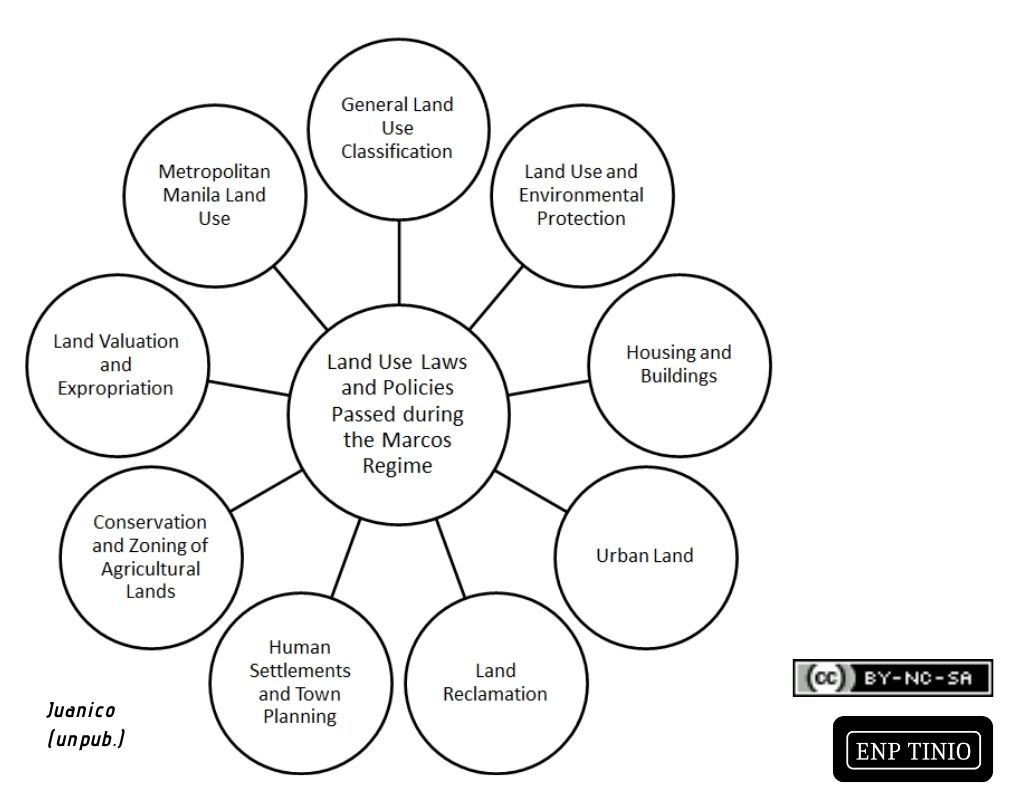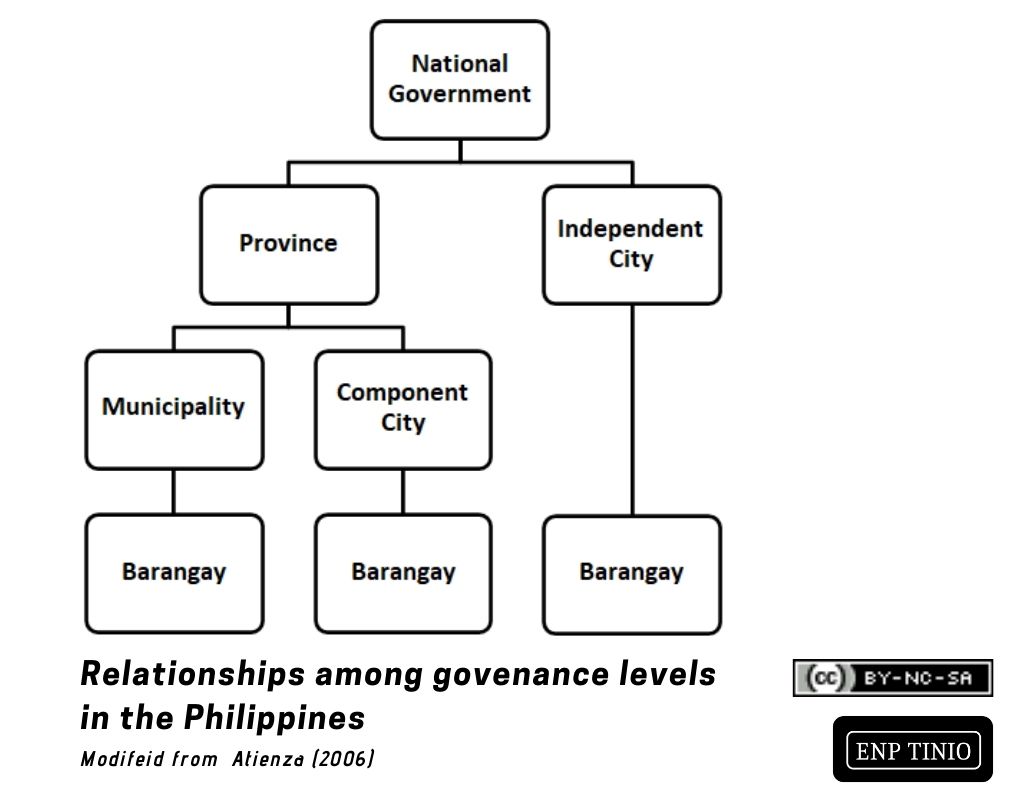Why is Filipino urban planning what it is today?
The Spanish, the Americans, the Japanese, the elite Filipinos.
All these groups have influenced Philippine history in massive scales.

These groups also affected policies, models, and practices in Filipino urban planning.
Here are 10 turning points in Filipino urban planning history that every Filipino Environmental Planner should know.
- Bajo de la Campana
- Burnham Plans
- World War 2
- Post-war Capital Search
- Many Laws with a Closed Congress
- Stigma in the Position of Metro Manila Governor
- Local Government Relations
- Shortchanging Law on Housing
- The Payatas Dump Garbage Slide
- Integrating Climate Change and Disasters into Filipino Urban Planning
- Greater Autonomy through the Bangsamoro Organic Law
- Conclusion
- Further Reading
- What other events in Philippine history affected or may affect Filipino urban planning?
- Read next!
Bajo de la Campana
Church bells are integral components of Filipino urban planning.
During the Spanish period, scattered settlers were compelled to relocate to compact towns by being within hearing distance of church bells.
It was important to be “under the bells” (Bajo de la Campana).
Bells were used for religious announcements and emergency calls.
The concept of “Bajo de la Campana” shows the technical and political dimensions of urban planning.
People were “guided” by the rings of the church bells. The Spanish conquerors used the bells to concentrate populations within compact settlements.

Concentrated populations were easier to manage and influence.
Burnham Plans
One of the most famous “what-ifs” in Metro Manila urban planning is the completion of Daniel Burnham’s plan.
The incomplete plans are often cited as a solution to the worsening problems in Metro Manila.
Daniel Burnham was commissioned by the American government to plan the City of Manila.
The Burnham plan of Manila included, among others, the development of waterways for transportation.

How should we deal with unfinished city plans?
We are always asking “What if the plans were completed?”
We should be asking, “What now?”
Our current situation is congested traffic, blighted environments, and climate-vulnerable settlements.
For further reading, see this blog dedicated to Daniel Burnham’s activities in the Philippines.
World War 2
The Second World War destroyed many cities in the world.
Manila was one of the severely destroyed cities, second only to the city of Warsaw which was ordered by Adolf Hitler to be “razed to the ground.”

Some experts blame the “unseriousness” of U.S. military in enforcing the “open city concept” for the extreme destruction of Manila.
Where would the Philippines be if Manila was spared from heavy destruction during World War II?
How can the lessons from the “open city” policy of Manila be applied to our present international relations?
Related Articles:
Post-war Capital Search
In 1946, President Manuel Roxas initiated the search for possible capitol sites to replace Manila.
The City of Manila was “indefensible to military attacks and unable to support growing populations”.
Included in the 16 options for the new capital of the Philippines were Tagaytay, Cebu, Davao, Montalban and Boracay Island.

Quezon City was appointed the capital of the Philippines from 1948 to 1976. President Marcos returned Manila as the capital in 1976.
What would have happened if a place outside Luzon became the capital of the Philippines?
Many Laws with a Closed Congress
During the Marcos Regime, many laws related to urban planning were passed.

With Martial Law in effect, laws were passed without the Congress.
“With Congress padlocked, the technocrats in the bureaucracy suddenly found themselves writing laws and formulating policies.”
Prof. Ernesto Serote
Some remarkable laws passed during the Marcos Regime include
- PD 705 (Revised Forestry Code),
- PD 1308 (Law Regulating the Environmental Planning Profession, amended in 2013),
- PD 1152 (the Philippine Environment Code), and ,
- PD 824 (Creating the Metropolitan Manila, amended most recently in 1994).
LIST: Environmental Planning Laws
The Marcos Regime showed the need for urban planning (and government planning in general) to be both technically sound and politically acceptable.
With Congress open, would technocratic laws have been passed at the same volume?
Stigma in the Position of Metro Manila Governor
Amidst the creation of the Metropolitan Manila through PD 824 s.1975, First Lady Imelda Marcos was appointed Governor of Metro Manila.
Prof. Serote points to the political stigma attached to the position as a reason for the abolition of the position of Governor of Metro Manila (through Republic Act 7924) under Pres. Cory Aquino’s administration.
The re-institution of the position of Governor of Metro Manila has since caused political debate.
Today, metropolitan regions like Tokyo, Jakarta, and London have elected governors.
The current Metropolitan Manila Development Authority has limited power in relation with city and municipal mayors.
What is sure: Metro Manila needs needs a Governor.
What is up for debate: whether the Governor will be appointed or elected.
Local Government Relations
The incumbent Local Government Code provided the framework for the relationships among various levels of governance.

Issues in the co-management of territories and absorptive capacity of local governments have given rise to administrative conflicts and hindered local urban development.
Comprehensive plans, which were expected to relate the national vision with the local actions, are not updated or completed for compliance purposes.
Shortchanging Law on Housing
A comprehensive and continuing urban development and housing program is the supposed vision of the 1992 Urban Development Housing Act.
However, its almost three decades of existence has been characterized by “legalized demolition” and limited successes.
“For all its potentials, however, the UDHA has been continually critiqued for its ineffectiveness.”
Gino Antonio P. Trinidad (BusinessWorld)
The Payatas Dump Garbage Slide
One of landmark disasters in the Philippines is the Payatas garbage landslide in July 2000.
The disaster killed hundreds of people, some estimate thousands.
In a 2019 decision, the Quezon City government was ordered by a Regional Trial Court to pay 6 MILLION PESOS in damages to heirs of the deceased victims of the 2000 Payatas dumpsite landslide.

This is 234 months after the tragedy!
The garbage landslide was the key driver to the passage of a greatly-written but poorly-implemented environmental law: Republic Act 9003.
Waste management planning is aimed towards ecological systematization.
However, “not-in-my-backyard” thinking has delayed the incorporation of waste management facilities in Filipino urban planning.
Despite the law’s age – 20 years in 2021 – its provisions on open dumpsite closure and full waste segregation-at-source are not attained.
Interested in solid waste management planning?
Integrating Climate Change and Disasters into Filipino Urban Planning
The impacts of climate change to the Philippines will inevitably increase disaster risk in an already vulnerable country.
Filipino urban planning is greatly influenced by two landmark laws.
The Climate Change Act of the Philippines of 2009 mandated various levels of governance to consider climate change issues in their regular functions.
The Disaster Risk Reduction and Management Act of 2010 created a mandatory position in local governments: the local disaster risk reduction and management officer (LDRRMO)..
The Local DRRMO “shall be responsible for setting the direction, development, implementation and coordination of disaster risk management programs within their territorial jurisdiction.”
These legal foundations mandate Filipino urban planning to incorporate climate change adaptation and mitigation (CCAM) and disaster risk reduction and management (DRRM).
Commentaries point to Typhoon Ondoy’s devastation of Metro Manila pushed urgent passage of these laws.
Read: Frequently Asked Questions about Comprehensive Land Use Plans
Despite many efforts by both government and non-government organizations, local governments still see CCAM-DRRM integrated planning as a highly technical and undoable task.

Climate experts declare 2020 as “our last, best chance to save the planet” so our time is running out!
Read: How can Philippine local governments become resilient against disasters?
Greater Autonomy through the Bangsamoro Organic Law
The autonomy of the Muslim Mindanao is inculcated in the 1987 Constitution.
Through the years, different levels of progress have been made in developing the relationship between the Philippine Government and autonomist groups.
Finally, in 2019, the Bangsamoro Organic Law was ratified.
The progress in the relationship between the Philippine Government and the Bangsamoro autonomous region influences urban planning models and governance.
The Bangsamoro regional center, the independent city of Cotabato, can be the catalyst for regional development in Mindanao.
According to the National Economic Development Authority, the establishment of the Bangsamoro region increased the “development potential of Mindanao communities.”
Conclusion
From the colonial period to the present, the historical context has influenced models and practices in Filipino urban planning.
The list is not exhaustive in any way, but I hope you were able to see how urban planning is both technical and political.
Many events are pending large impacts to Filipino urban planning. Some of them are:
- The establishment of a Department of Human Settlements and Urban Development
- The post-COVID-19 rehabilitation and recovery on a national and global scale
- The pending enactment of a National Land Use Act
- Projected sea level rise in the Philippines of around 20 centimeters by 2030
Further Reading
- History of Planning in the Philippines (PDF)
- Environmental Planning Laws in the Philippines
- Local Governments and Devolution in the Philippines
What other events in Philippine history affected or may affect Filipino urban planning?
Read next!
- 15 Youtube Videos You Need to Watch to Increase Your Environmental Planning Knowledge (UPDATED!)
- CLUP Experience: Ideology in Tiwi
- Comprehensive Development Plans 101
